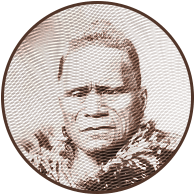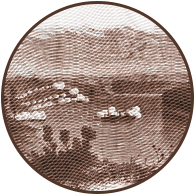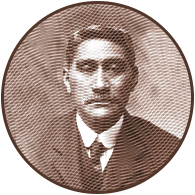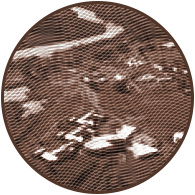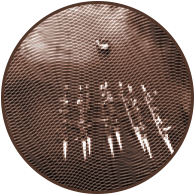Te Hiitori o Te Raupatu
“The Crown seeks on behalf of all New Zealanders to atone for these acknowledged injustices, so far as that is now possible, and, with the grievance of Raupatu finally settled as to the matters set out in the Deed of Settlement signed on May 22 1995 to begin the process of healing and to enter into a new age of co-operation with the Kiingitanga and Waikato.”
In July 1863, military forces of the Crown breached the Mangatawhiri River and unjustly invaded the Waikato, initiating a conflict against Kiingitanga and the people of Waikato. By April 1864, after the persistent defence of our whenua, we became outnumbered, and together with our allies, we retreated and sought refuge in the King Country.
What followed was the confiscation of approximately 1.2 million acres of our tribal lands and the widespread suffering, distress and deprivation caused to ngaa iwi o Waikato as war continued to be waged against them. Lives were lost, taonga and property destroyed, and ancestral lands unjustly taken – the effects of which lasted for generations. For 125 years, we sought justice from the Crown for the confiscations and its devastating impact on the livelihoods and the well-being of Waikato Maaori.

